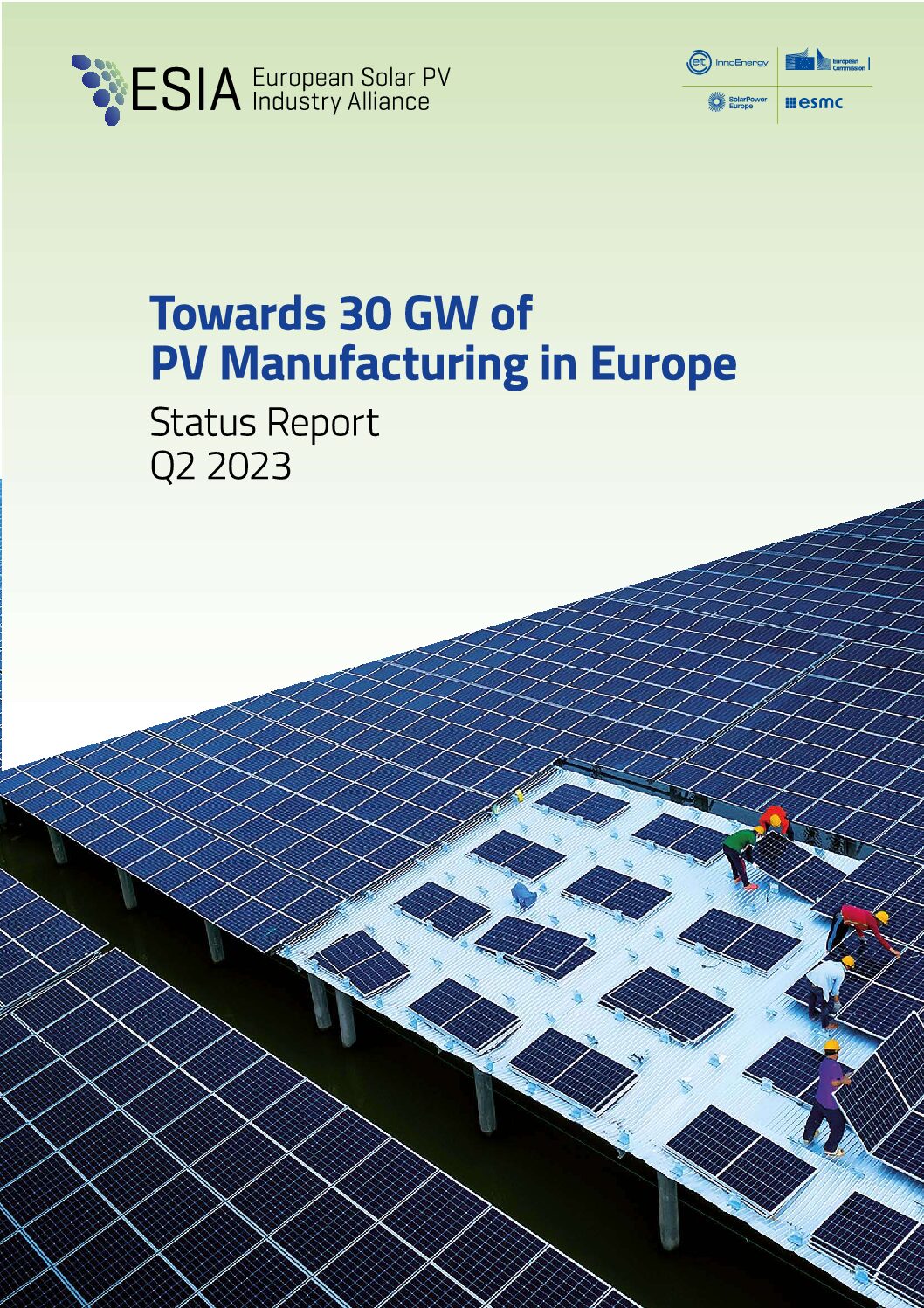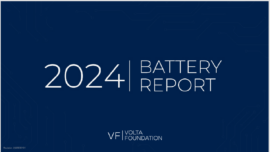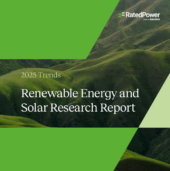The European Union’s (EU) industry association body, the European Solar PV Industry Alliance (ESIA), released a report that evaluates factors that can contribute to the de-risking and scaling up of Europe’s solar PV manufacturing.
The alliance evaluates the factors affecting European industries, aiming to achieve the goal of 30 GW of domestic manufacturing capacity by 2025 and the EU’s decarbonization targets.
The report titled ‘Towards 30 GW of PV Manufacturing in Europe: Status Report for Q2 2023’, released by the alliance, evaluates the status of the European solar PV industry in terms of long-term competitiveness in EU industries. The report recommends actions and considers challenges faced by the EU industries.
It also analyses the fact that energy prices in Europe are very high in comparison to the energy prices in the US and China. Both countries’ energy prices of 0,03 €/kWh and lower are offered to producers in the PV value chain. European energy prices are 3–5 times higher than in the US and China. Therefore, to regulate pricing, energy for such productions must be available at an internationally competitive level, the report said.
It attributes this rise to disparities in the market. For example, it talks about the fact that the EU doesn’t produce glass for solar panels as they are produced in China and installed in the EU. Therefore, they cannot be safely recycled in float glass furnaces because of impurities and the lack of traceability of their composition. The report finds that the main challenge preventing the EU-based industry from covering much of domestic demand is the polysilicon shortage.
The report suggests some factors that are reportedly affecting EU industries to be:
1. The EU has high production capacity, albeit insufficient in the long run. The ESIA has the challenge of bringing back up to 30 GW production capacities across the value chain.
2. In the EU, solar PV is a fundamental part of the Green Deal, and it requires finding supporting mechanisms to close the gap with other geographies. These support mechanisms will have to be limited in time and end once the main goal is achieved and the industry’s competitiveness is rebuilt.
3. The sector requires sound support mechanisms for industrial innovation and upscaling rather than technology innovation. Most existing support mechanisms target research innovation and thus only partially serve the current ambition. One of the sought-after characteristics is simplicity and predictability. In this context, and for setting an ad hoc solution, the ESIA WG Finance members agreed to study the specific gaps.
The report further recommends solutions for companies to fill the supply chain gap by:
1. Creating a proposal with a similar approach to the incentives implemented with the IRA in the US for Europe
2. The solar bank proposal is inspired by the hydrogen bank that the EU recently launched. It also takes some inspiration for the local content variable from the Indian PLI. The proposal consists of a system of two-sided auctioning where the most cost-competitive supplier can be matched with the off-takers highest willingness to pay. In doing so, the funding gap would be minimized. Members are currently working, studying, and developing novel proposals that could be used to kick-start investments in the market.
3. Current Gaps: There are several factors that affect the lack of competitiveness, but as a summary (each of the steps is affected in different ways), we can state that the main ones are:
• Lack of financial instruments for CAPEX and OPEX support;
• CAPEX may be significantly higher than for the Chinese counterparts.
• Globally uncompetitive high energy prices (3 different scenarios have been studied)
• High staff costs/Lack of economies of scale–The EU-based industry is not able to cover most of this demand because there is also a shortage of the necessary workforce. Re-shoring 30 GW of solar PV manufacturing to the EU will require up to 50,000 new, skilled workers, above all in the sectors of cells, modules, and ingots and wafers.













